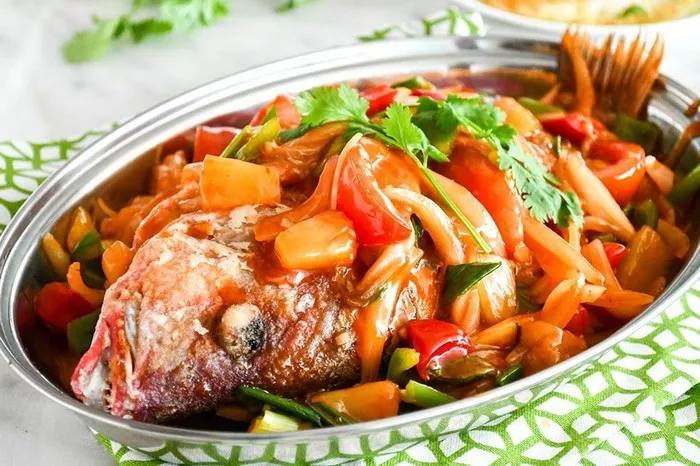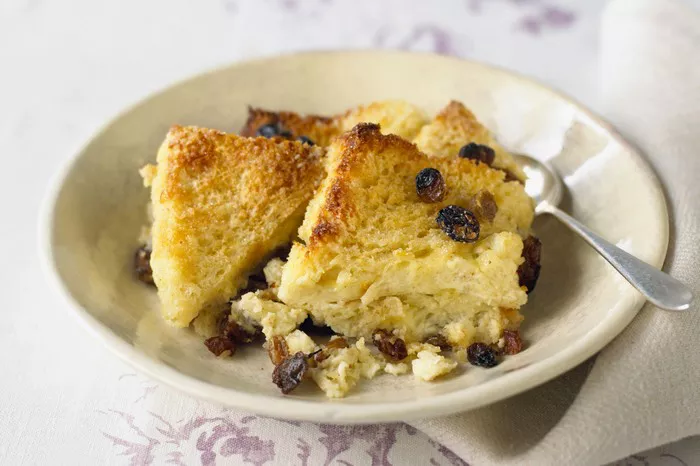The “7 Fish” tradition, known as “La Vigilia,” is a cherished Italian-American custom celebrated on Christmas Eve. This feast features seven different seafood dishes, symbolizing the wait for the birth of Jesus. Families gather to share this special meal, blending culture, religion, and family togetherness. In this article, we will explore the origins, significance, popular dishes, and variations of this tradition.
Origins of the 7 Fish Tradition
Historical Roots
The tradition of serving fish on Christmas Eve has deep roots in Catholicism. Historically, many Christians abstained from meat on certain days, especially during Advent. Fish became a popular alternative. The number seven may have various interpretations, including the seven sacraments, seven days of creation, or the seven hills of Rome.
Italian Influence
The “7 Fish” tradition is most prominent among Italian-American families. It originated from southern Italy, where coastal regions offered abundant seafood. Italian immigrants brought this custom to America in the late 19th and early 20th centuries, adapting it to their new surroundings while maintaining its cultural significance.
Significance of the 7 Fish Feast
Spiritual Meaning
The meal serves as a spiritual preparation for Christmas Day. By refraining from meat and enjoying fish, families honor their faith and the religious aspects of the holiday. It is a time for reflection and gratitude.
Family Gathering
La Vigilia is also a time for family. Relatives come together to cook and share this special meal. The act of preparing and enjoying the feast fosters a sense of community and strengthens family bonds. It’s a time to reminisce and create lasting memories.
Popular Dishes in the 7 Fish Tradition
The specific dishes can vary by family and region, but several staples are commonly featured in the 7 Fish feast. Here are some popular choices:
1. Baccalà (Salted Cod)
Baccalà is a traditional dish made from salted cod. This fish requires soaking for several days to remove excess salt. Once prepared, it can be cooked in various ways—fried, baked, or served in a salad. Its distinct flavor and texture make it a favorite.
2. Calamari (Squid)
Calamari is another common dish. It can be prepared in multiple styles, such as fried, grilled, or stuffed. Fried calamari served with marinara sauce is especially popular and adds a crunchy, savory element to the meal.
3. Shrimp
Shrimp can be prepared in many ways, including scampi, grilled, or in pasta dishes. Its sweet flavor and versatility make it a beloved addition to the feast. Garlic butter shrimp is a classic choice that pairs well with other seafood.
4. Clams
Clams are often served in pasta dishes or as part of a seafood stew. They can be steamed, baked, or fried. Clams Casino, stuffed with breadcrumbs and bacon, is a popular appetizer that adds a rich, savory taste to the feast.
5. Scungilli (Conch)
Scungilli, or conch, is less common but still a favorite in some families. It can be served in a salad or a pasta dish. Its unique flavor and chewy texture add variety to the seafood spread.
6. Anchovies
Anchovies, either fresh or cured, are often used in salads or as pizza toppings. Their strong flavor can be polarizing, but they are a traditional part of the feast for many families. They can also be served in a simple salad with olive oil and vinegar.
7. Mussels
Mussels are typically served steamed with garlic, wine, and herbs. They are an excellent source of flavor and can be part of pasta dishes or enjoyed on their own. Their briny taste enhances the overall seafood experience.
Variations in the 7 Fish Tradition
Regional Differences
While the core idea remains the same, the specific dishes can vary widely based on regional preferences and family traditions. For instance, some families from Naples may include a seafood pasta dish, while others from Sicily might feature grilled fish.
Personal Touches
Many families add their unique twist to the feast. Some may include more than seven seafood dishes, while others may focus on specific favorites. The flexibility allows families to personalize the tradition, making it more meaningful to them.
How to Prepare for the 7 Fish Feast
Planning the Menu
When preparing for the 7 Fish meal, planning is essential. Choose a mix of dishes that your family enjoys. Consider the time required for each dish and ensure that they can be prepared on Christmas Eve.
Shopping for Ingredients
Freshness is crucial for seafood. Visit local markets or fishmongers to find the best quality. Be mindful of what seafood is in season, as this can affect flavor and availability.
Cooking in Advance
Some dishes can be prepared in advance. For example, baccalà can be soaked ahead of time, and certain sauces can be made a day prior. This will make Christmas Eve less hectic, allowing you to enjoy the family gathering.
Setting the Table for the Feast
Creating the Atmosphere
Setting the table is an essential part of the celebration. Use festive decorations, such as a white tablecloth and candles, to create a warm atmosphere. Place the seafood dishes in the center for easy sharing.
Serving the Meal
Traditionally, the meal is served in courses. Start with lighter dishes like salads and move on to heavier items. Encourage family members to share stories and experiences between courses, enhancing the communal spirit of the feast.
Conclusion: A Celebration of Tradition and Togetherness
The “7 Fish” tradition is more than just a meal; it is a celebration of faith, family, and heritage. This Italian-American custom brings families together on Christmas Eve, creating cherished memories and honoring the spirit of the holiday. Whether you follow specific recipes or create your own variations, the heart of the feast remains the same: a deep appreciation for family, tradition, and the joy of sharing a meal. Embrace this beautiful custom, and let it enrich your holiday celebrations for years to come.
Related topics:



























